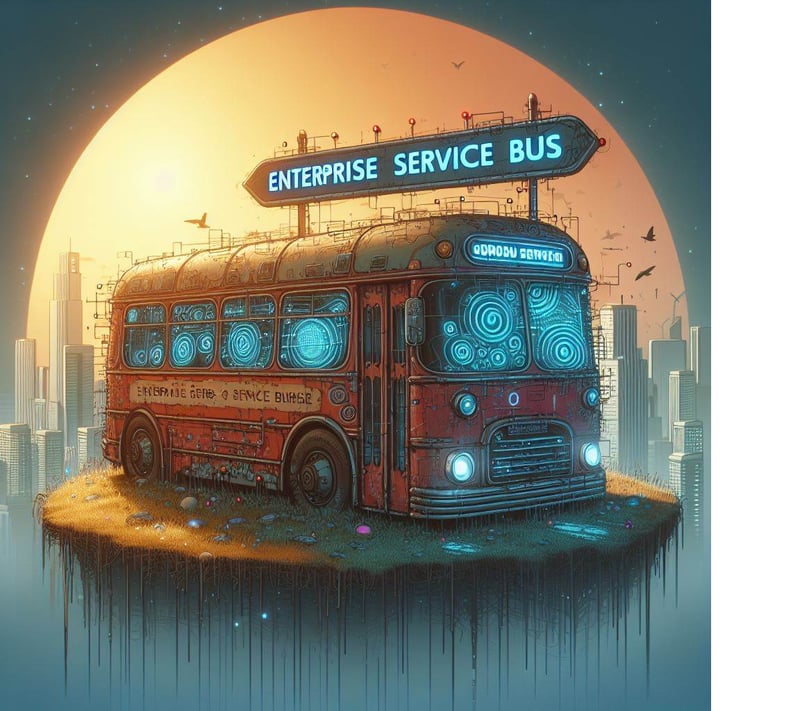Will ESB gradually die.......in era of microservices

DeeBee
Posted on April 8, 2024
Traditional integration aimed to solve the problem of data exchange between isolated applications. An Enterprise Service Bus (ESB) was a common tool used in this approach. It served as a centralized hub, allowing different applications to access and exchange data. However, this approach had its limitations, such as complexity in managing the ESB, lack of real-time data exchange, and difficulties in integrating with modern, cloud-based applications. This led to the evolution of new integration approaches like API-led connectivity and microservices architecture. These newer methods offer more flexibility, scalability, and efficiency in integrating diverse applications.
In the modern era, applications are moving away from monolithic architectures towards more flexible and scalable microservices architectures. These architectures break down application functionality into small, independent services, eliminating the need for a centralized data transfer point like an ESB. Instead, services communicate with each other in a decentralized manner, allowing for elastic scalability - the ability to easily add or remove service functionality as needed.
This architectural shift aligns well with agile development practices. Agile development breaks down the application development process into short, iterative sprints, each focused on delivering a complete set of functionality for a specific set of tasks. This approach naturally complements a microservices architecture, as microservices are small, discrete, and have clearly defined functions and service boundaries. This combination allows for rapid, iterative development and deployment, and facilitates continuous integration and continuous delivery (CI/CD) practices.
In conclusion, the shift towards microservices and agile development is a response to the need for more flexible, scalable, and efficient application development and deployment in today’s fast-paced digital world.
Traditional Integration:
- Imagine a world where different software applications are like isolated islands. Each island has its own data, rules, and way of doing things.
- Traditional integration aimed to connect these islands. It was like building bridges or tunnels between them so they could share information.
- One common approach was using an Enterprise Service Bus (ESB). Think of the ESB as a central hub where data from different applications could meet and chat.
- However, this often led to big, complex applications with tightly woven connections. It was like gluing puzzle pieces together to made a giant picture.
- Integration was seen as part of the infrastructure—the behind-the-scenes plumbing that made everything work.
Modern Applications and Microservices:
- Fast forward to today. We’re moving away from those giant puzzle pieces.
- Instead of building monolithic skyscrapers, we’re creating smaller, independent buildings called microservices.
- Each microservice has a specific job, like a tiny superhero with a unique power. They don’t need a central hub; they can talk directly to each other.
- Imagine a city where these microservices are scattered around. They communicate flexibly, like neighbours borrowing sugar from each other.
- Agile development fits right in. It’s like building one room at a time, adding features step by step. Each sprint is a mini construction project.
- Microservices play well with this approach because they’re small, focused, and have clear boundaries. It’s like having separate rooms for cooking, sleeping, and playing.

Posted on April 8, 2024
Join Our Newsletter. No Spam, Only the good stuff.
Sign up to receive the latest update from our blog.
